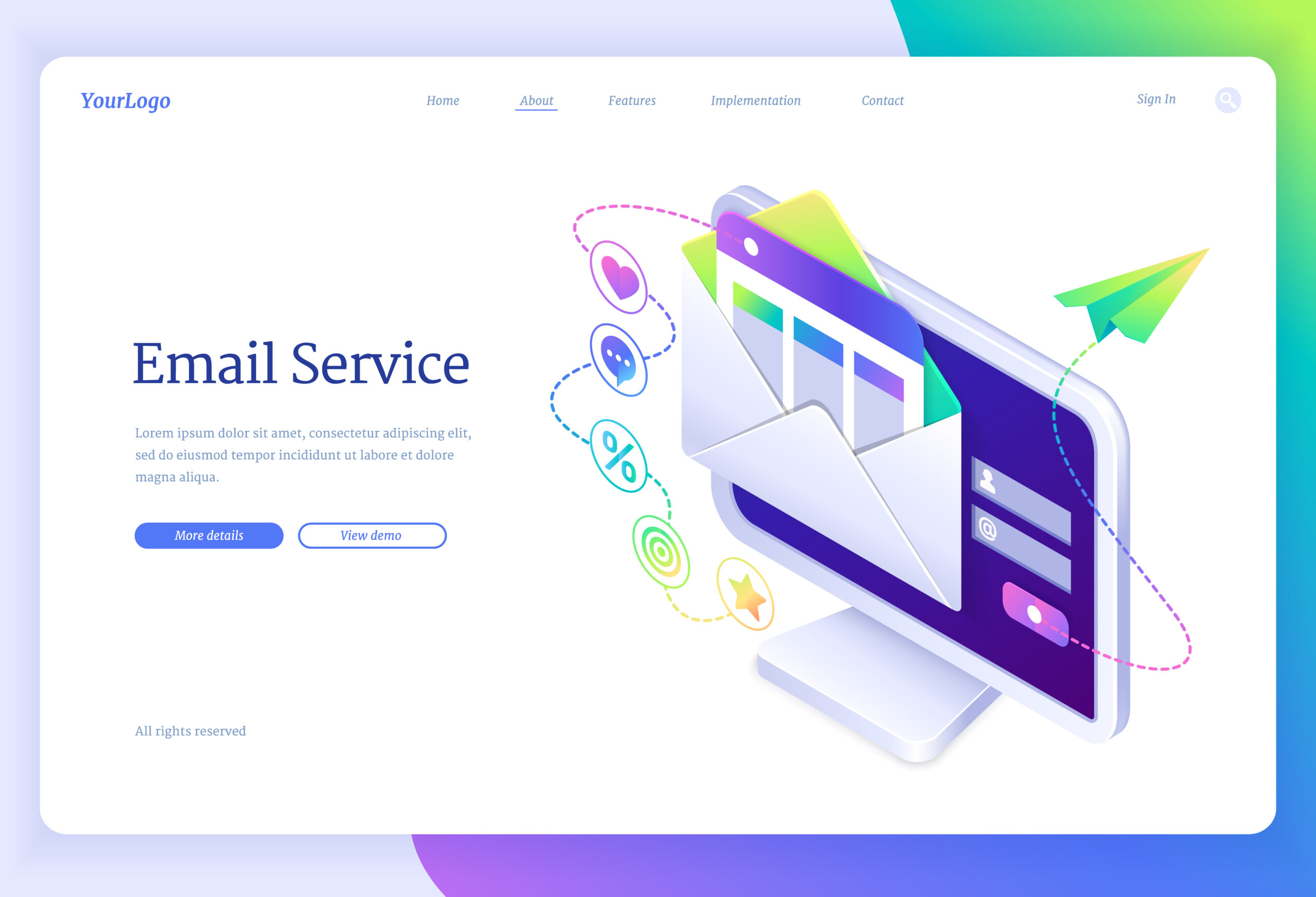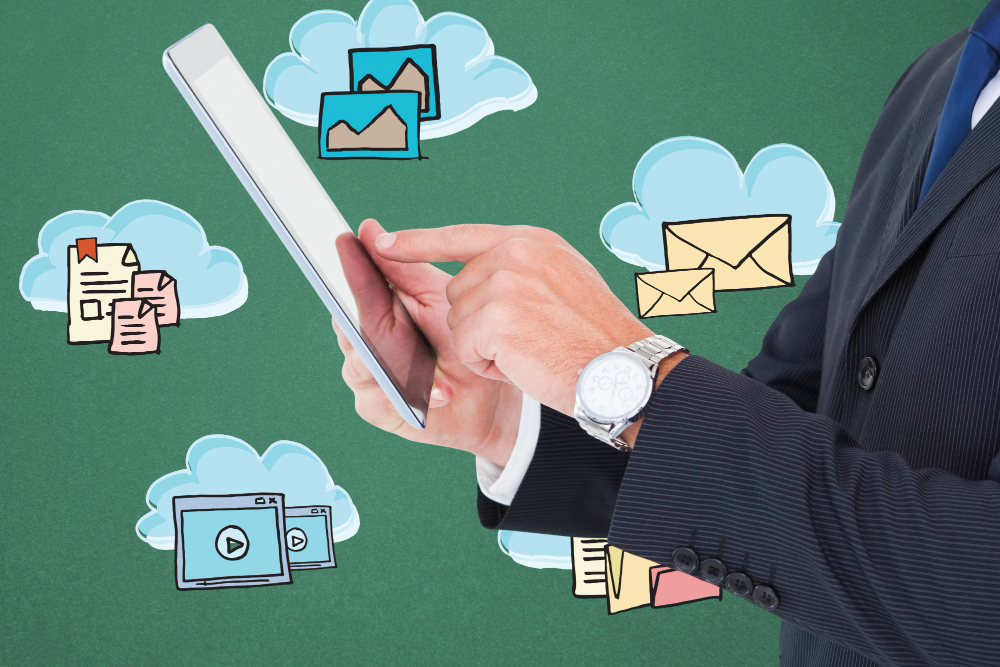Email marketing is a powerful tool for businesses to connect with their audience, but as the volume of emails continues to rise, managing campaigns can become overwhelming. This is where email marketing automation comes into play. Automation allows you to streamline your email marketing efforts, increase efficiency, and achieve a higher return on investment (ROI). In this article, we’ll explore the benefits of email marketing automation and provide insights into how to implement it effectively.
The Power of Email Marketing Automation
Email marketing automation refers to the use of technology and predefined workflows to send targeted and personalized emails to your subscribers automatically. It’s a game-changer for several reasons:
Increased Efficiency
Automation reduces the manual effort required for sending emails. Tasks like list segmentation, scheduling, and follow-ups can be automated, freeing up your time for strategic planning and creativity.
Personalization at Scale
Automation enables you to personalize your emails based on user behaviours, preferences, and demographics. You can send highly relevant content to individual subscribers, improving engagement.
Timely and Consistent Messaging
Automation ensures that your emails are sent at the right time, whether it’s a welcome series for new subscribers, birthday emails, or cart abandonment reminders. This consistency helps nurture leads and maintain customer relationships.
Improved Lead Nurturing
With automation, you can set up drip campaigns that nurture leads through the sales funnel. This automated process ensures that leads receive the right information at each stage of their journey.
Data-Driven Insights
Automation platforms provide valuable data and analytics on email performance. You can track open rates, click-through rates, conversion rates, and more to measure the success of your campaigns.
Implementing Effective Email Marketing Automation
To harness the power of email marketing automation effectively, consider these best practices:
Segment Your Email List
Segmentation is a cornerstone of email marketing automation. Divide your email list into smaller segments based on criteria like demographics, purchase history, or engagement level. This allows you to send highly targeted content.
Set Clear Goals and Objectives
Before diving into automation, define your goals and objectives. What do you want to achieve with your email campaigns? Whether it’s lead generation, sales, or customer retention, having clear goals will guide your automation strategy.
Map Out Customer Journeys
Create customer journey maps to understand how your subscribers interact with your brand. Identify touchpoints where automated emails can enhance the customer experience and guide prospects toward conversion.
Select the Right Automation Tools
Choose an email marketing automation platform that aligns with your business needs. Popular options like Mailchimp, HubSpot, and ActiveCampaign offer various automation features to suit different goals and budgets.
A/B Test Your Automated Campaigns
A/B testing allows you to experiment with different elements of your automated campaigns, such as subject lines, email copy, and CTAs. Test variations to identify what resonates best with your audience.
Types of Email Marketing Automation
Email marketing automation encompasses various types of automated campaigns, each serving a unique purpose:
Welcome Emails
Automated welcome emails are triggered when someone subscribes to your list. They set the tone for your brand and can include a thank-you message, an introduction, and valuable content or offers.
Drip Campaigns
Drip campaigns are a series of automated emails sent over time. They are often used for lead nurturing and can guide prospects through the sales funnel with targeted content.
Abandoned Cart Emails
E-commerce businesses can automate emails to remind customers of items left in their shopping carts. These emails often include product images and incentives to complete the purchase.
Re-Engagement Campaigns
Re-engagement emails target inactive subscribers. Use automation to send re-engagement campaigns with special offers or content to win back their interest.
Birthday and Anniversary Emails
Show appreciation to your customers with automated birthday and anniversary emails. These messages can include personalized offers or messages to strengthen customer loyalty.
Measuring the Impact of Email Marketing Automation
To evaluate the success of your email marketing automation efforts, monitor these key performance indicators (KPIs):
Open Rate
Track the percentage of recipients who open your automated emails. A high open rate suggests that your subject lines and sender information are effective.
Click-Through Rate (CTR)
CTR measures how many recipients clicked on links within your automated emails. It reflects the engagement level and the effectiveness of your email content.
Conversion Rate
Conversion rate measures how many recipients took the desired action after clicking on a link or CTA in your automated emails. This action could be making a purchase or signing up for a webinar.
Automation Workflow Performance
Evaluate the performance of specific automation workflows by monitoring metrics at each stage. Identify bottlenecks or drop-offs in the customer journey to optimize your workflows.
Revenue Generated
Ultimately, the impact of email marketing automation should be seen in your bottom line. Measure the revenue generated from automated campaigns to assess their direct contribution to your business’s success.
FAQs on Email Marketing Automation
Is email marketing automation suitable for small businesses?
Yes, email marketing automation is beneficial for businesses of all sizes. It can help small businesses streamline their efforts, save time, and engage with their audience more effectively. Many automation platforms offer affordable plans tailored to small businesses.
How can I avoid over-automating my emails?
Over-automation can lead to a robotic and impersonal feel. To avoid this, ensure that your automated emails maintain a personal touch. Use segmentation to send relevant content, and periodically review and update your automated workflows to stay current and relevant.
What types of businesses can benefit from abandoned cart emails?
Abandoned cart emails are particularly effective for e-commerce businesses. However, other types of businesses, such as software-as-a-service (SaaS) companies, can also benefit by reminding customers of incomplete sign-ups or trials.
Is email marketing automation suitable for B2B businesses?
Yes, email marketing automation is valuable for B2B businesses as well. It can help nurture leads, automate follow-ups, and provide relevant content to decision-makers throughout the sales process.
How can I ensure my automated emails are GDPR compliant?
To ensure GDPR compliance, obtain explicit consent from subscribers, clearly explain how their data will be used, and offer opt-out options. Keep records of consent and regularly update your privacy policy.
Conclusion
Email marketing automation is a game-changer that allows businesses to streamline their efforts, improve efficiency, and drive higher ROI. By segmenting your audience, setting clear goals, and selecting the right automation tools, you can create personalized and timely email campaigns that resonate with your subscribers. Monitor key metrics to measure.
Also read: The Art of Writing Compelling Email Copy: Best Practices Revealed













